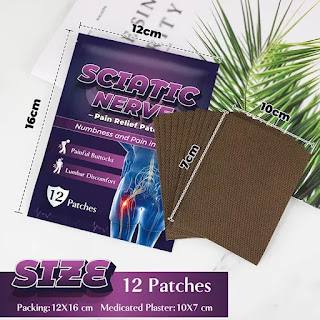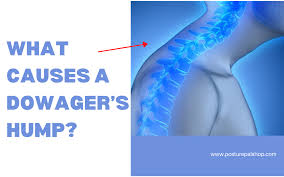Glute Bridges
Lie on your back with your knees bent and feet flat on the floor. Lift your hips towards the ceiling, squeezing your glutes. Hold for a few seconds before lowering. Repeat 10-15 times, focusing on controlled movement.
Standing Hip Extensions
Stand with feet hip-width apart, holding onto a countertop or sturdy chair for support. Extend your right leg behind you without arching your back, hold for 2 seconds, then return to start. Perform 10 repetitions on each leg.
Tips for Success:
- Consistency**: Regular practice is key to experiencing benefits.
- Breathing**: Always breathe deeply and naturally, aiding relaxation.
- Listen to Your Body**: If a stretch feels painful, ease off and modify.
Understanding these movements not only relieves pain but can improve quality of life through greater mobility and function. Incorporate these exercises into your routine for happier hips!









